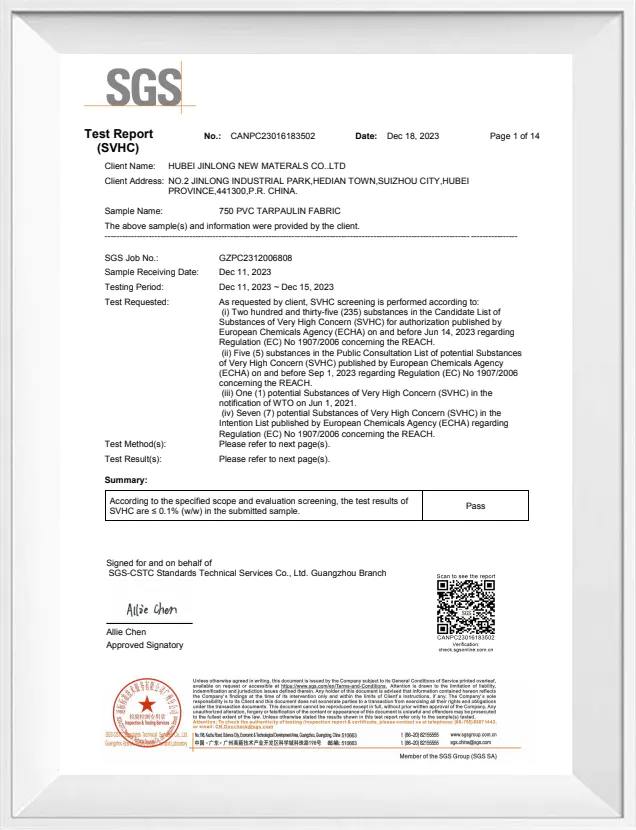Description
Product Description
Features:
1. Polyester TPU for oil tanks UV resistant and high temperature resistant
2. Outstanding mechanical and tensile strength.
3. Improved chemical resistance.
4. Resistance to solvents and oils.
For TPU, versatility is the operative word. It’s not just one material either, scientists produce many variants that find use in nearly every application. for example:
1. Comes in a variety of hardness levels, ranging from flexible and gel-like to stiff and firm.
2. Elastic resilience, hardness, and strength can all be adjusted to suit application.
3. Its useful qualities can be readily expanded by combining it with other polymers, colors, and additives.
4. Biocompatibility levels exist for medical applications.
How is TPU operated?
TPU’s chemical makeup holds the key to its appeal. It is created by the following components’ (monomers’) polymerization reaction:
Urethane bonds are produced when the diols and diisocyanates react. Long-chain diol-rich regions are referred to as “soft blocks” because of their longer chains, which increase their pliability and softness. TPU’s toughness and elasticity are derived from the hard blocks, which are made up of diisocyanates and short chain extenders. These blocks pack closer together.
TPU is a thermoplastic elastomer (TPE) that is versatile due to its “hard” and “soft” phases. The higher mechanical capabilities of the polymer are attributed to the crystalline domains formed by the hard blocks, which function as physical crosslinks. TPU may be extruded, molded, or thermoformed because physical crosslinks, as opposed to chemical crosslinks like those in rubber or silicone, can be melted down and reformed.











Reviews
There are no reviews yet.